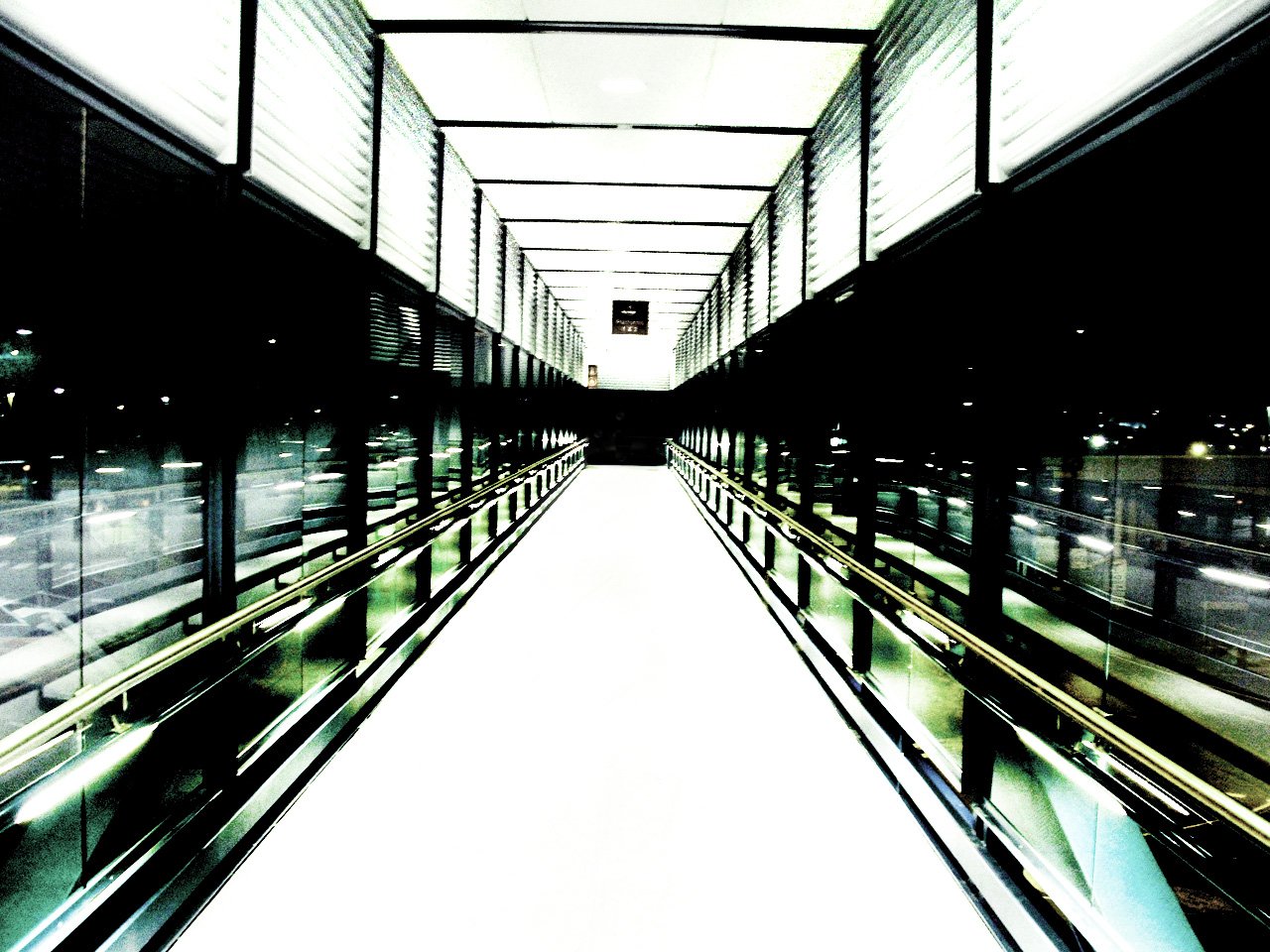People always want things completely automated, until they don’t.
Our inclination is to automate everything, freeing up time, thinking we are the masters of foresight; able to anticipate the conditions our automated processes will encounter, and designing them accordingly.
In practice, what seems to happen is: automated processes take care of the monotonous daily and weekly stuff, and expose the edge cases to greater risk due to our automatons’ speed and inability to adapt to them. The robots only know as much as we program them to, and learn in the wild with no regard for anything outside their singular-focused goals.
Inevitably, we ALWAYS have to build in human-reasoned stopgaps and safety switches, and it’s best to do that at the start, rather than while a runaway disaster is happening (especially since a runaway disaster in computer-speed is measured in microseconds).
Roughly 85% of all trading is on autopilot–controlled by machines, models, or passive investing formulas, creating an unprecedented trading herd that moves in unison and is blazingly fast…
quantitative hedge funds, or those that rely on computer models rather than research and intuition, account for 28.7% of trading in the stock market, according to data from Tabb Group–a share that’s more than doubled since 2013.

